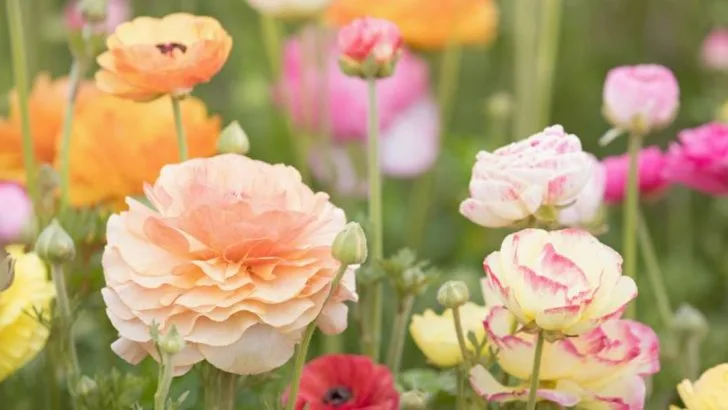Ranunculus are known for their stunning, multi-layered blooms that resemble luxurious flowers you’d find in a high-end flower shop. With the right care, these beautiful flowers can be grown right in your own garden, adding a touch of elegance and color to any space.
In this article, we share 15 tips to grow ranunculus that look like they came from a flower shop. From preparing the soil to timing the planting just right, these expert tips will help you achieve vibrant, lush blooms that are sure to impress. If you’re ready to grow ranunculus like a pro, these steps will ensure your flowers are nothing short of spectacular.
Choose the Right Bulbs
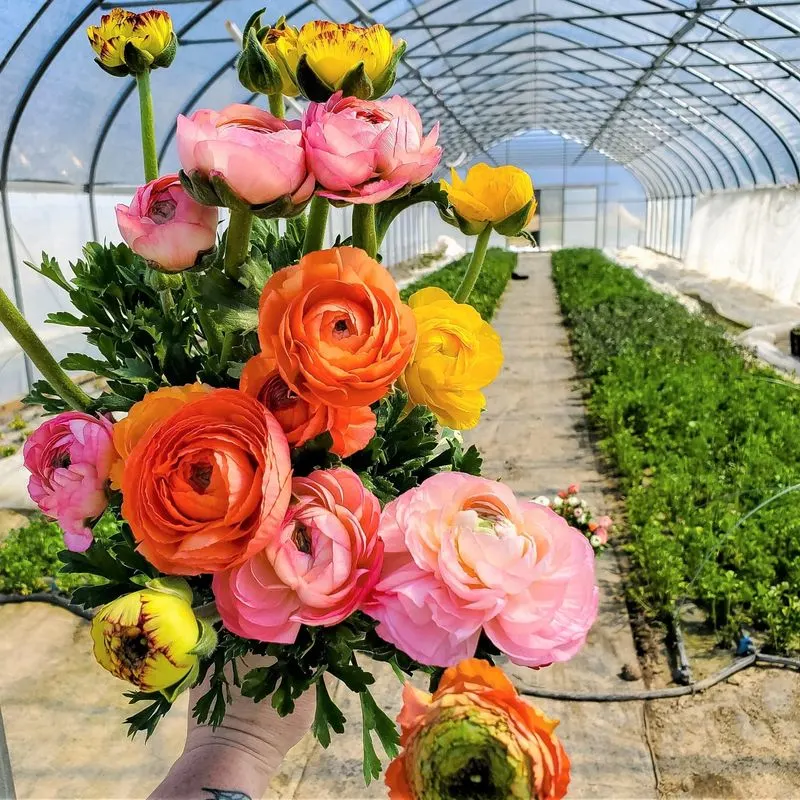
Selecting high-quality bulbs is crucial for spectacular blooms. Look for firm, plump bulbs without any signs of mold or damage. This sets the foundation for healthy growth. When shopping, ensure bulbs have a uniform color and shape. Avoid those that appear shriveled or have soft spots. This initial selection can dramatically affect your plant’s vitality. Take the time to inspect each bulb closely. Remember, a healthy bulb is the first step towards lush flowers. A little attention at this stage pays off with flourishing blooms later. Give your ranunculus the best start possible.
Plant at the Right Time
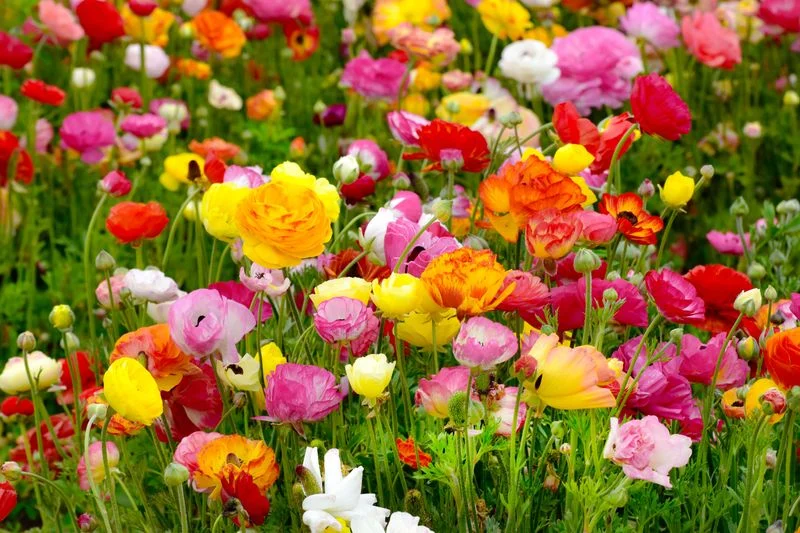
Timing is everything in gardening. Planting ranunculus at the right time ensures robust growth. Generally, early spring is ideal when the risk of frost has passed. The soil temperature should be around 50°F to 60°F for optimal root development. Planting too early can expose bulbs to harsh conditions, while too late might stunt growth. Mark your calendar for spring planting. Keep an eye on local weather forecasts to adjust the timing if necessary. This proactive approach ensures your ranunculus thrives. It’s a simple step that makes a significant difference in growth and bloom quality.
Prepare the Soil Properly
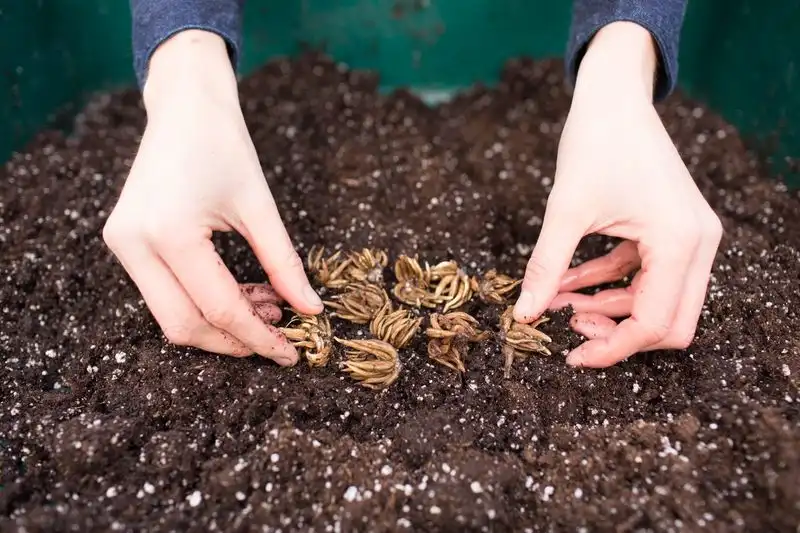
A well-prepared soil bed is essential for ranunculus. Mix in plenty of organic compost to improve drainage and nutrients. Ranunculus prefers slightly acidic to neutral pH levels. Test your soil and adjust accordingly. Adding sand can enhance drainage, preventing bulb rot. Loose, rich soil encourages root expansion and bloom vitality. Spend extra time preparing the soil before planting. This investment pays off with healthier plants. Proper soil preparation ensures your ranunculus receives all the nutrients it needs. Give your flowers a strong foundation for exceptional growth.
Provide Adequate Sunlight
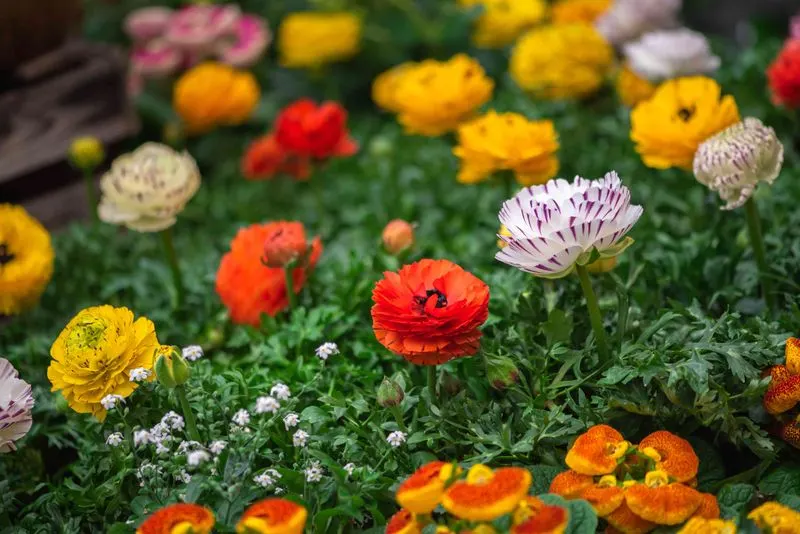
Ranunculus thrives in full sunlight, needing at least 6 hours daily. Position them in a spot that captures morning light. This ensures vibrant blooms and strong stems. Without adequate sun, plants may become leggy, with sparse flowers. Observing the sun’s path in your garden helps identify prime planting spots. Consider potential shade from nearby structures or trees. Adjust the placement as needed if growth appears sluggish. Optimal sunlight exposure is key to maintaining the striking appearance of your ranunculus. Monitor and adjust as needed for best results.
Water Wisely
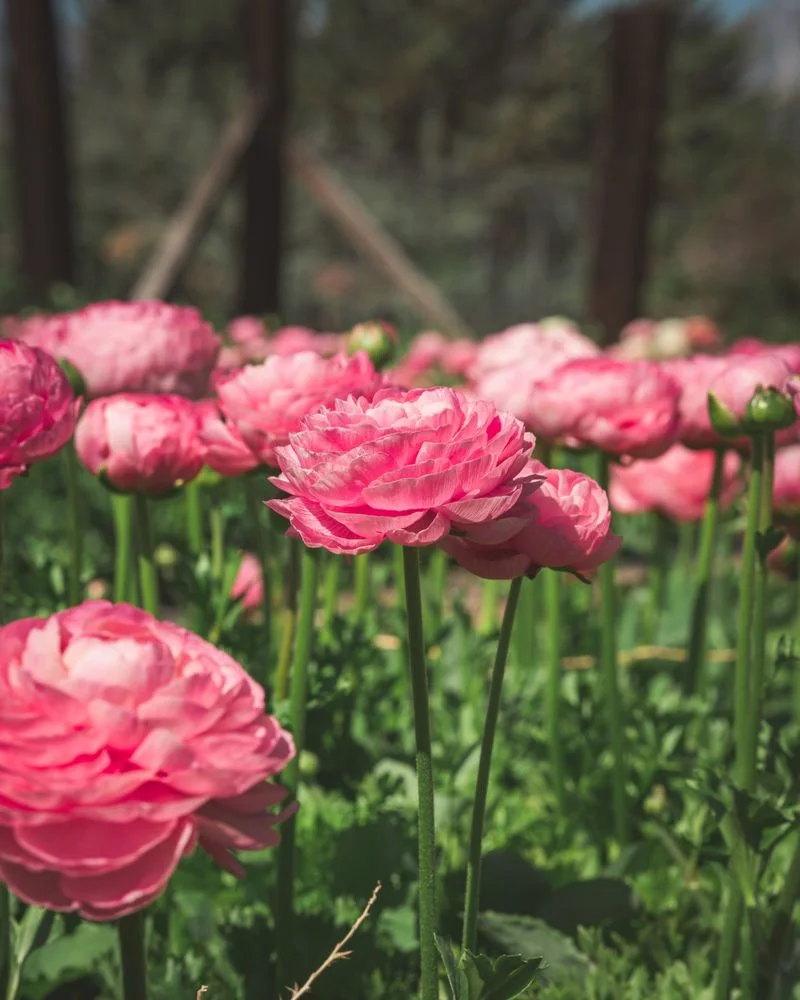
Proper watering techniques are vital. Ranunculus needs consistent moisture to flourish, but avoid waterlogged soil. Too much water can lead to bulb rot. Water them deeply but infrequently, ensuring the topsoil dries out between sessions. Mulching can help retain soil moisture and regulate temperature. Always water at the base to prevent fungal diseases. Monitor rainfall and adjust your watering schedule as needed. This balance prevents stress on the plants, contributing to healthier blooms. A strategic watering approach supports robust ranunculus growth.
Mulch to Retain Moisture
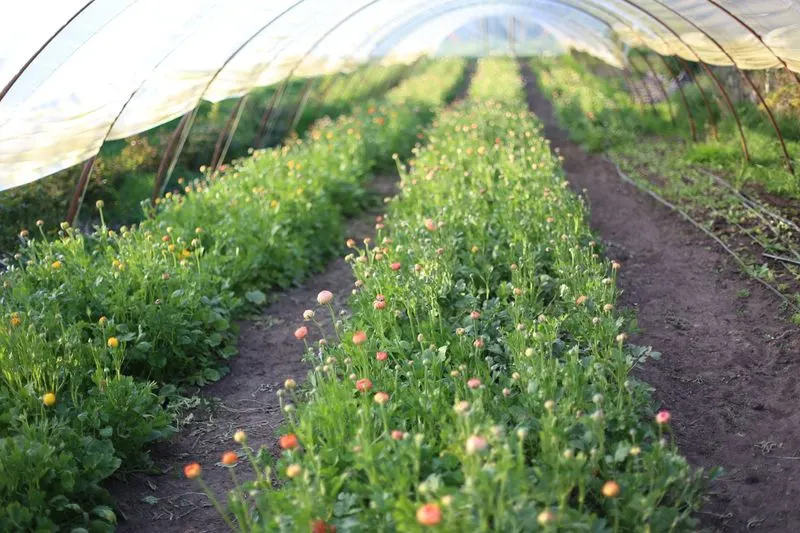
Mulching your ranunculus bed conserves moisture and controls weeds. A layer of organic mulch helps maintain optimal soil temperature, which is crucial for root health. It also minimizes water evaporation, reducing the frequency of watering. Choose natural mulch like straw or bark, which decomposes and enriches the soil. Regularly check the mulch depth, especially after heavy rain. This eco-friendly practice protects your plants, ensuring they receive adequate hydration. Observing these simple actions can greatly enhance your ranunculus’s development and bloom quality.
Fertilize Regularly
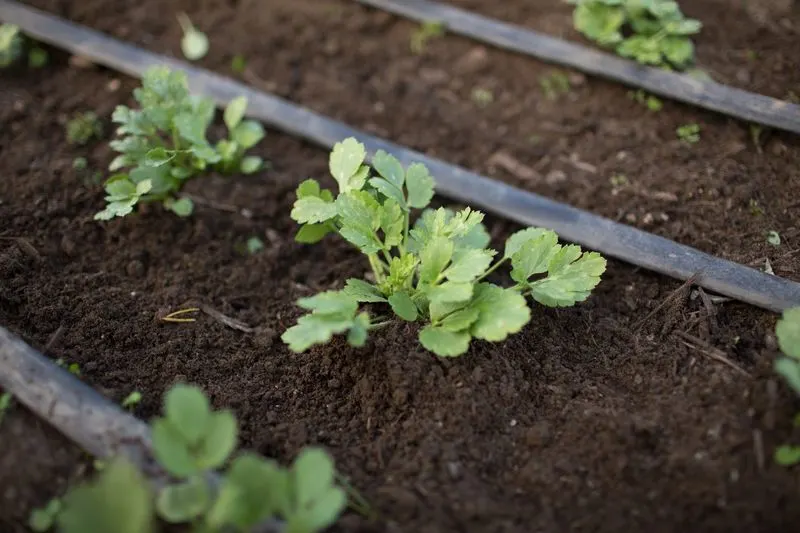
Consistent feeding supports vigorous growth and vibrant flowers. Use a balanced fertilizer every 4-6 weeks during the growing season. This provides essential nutrients that might not be available in the soil. Consider slow-release options to simplify your regimen. Apply fertilizer when the soil is moist to prevent root burn. Follow package instructions for dosage and application frequency. Fertilizing regularly encourages healthy foliage and abundant blooms. Adapt your approach based on plant response. Such attentive care fosters the stunning appearance of your ranunculus.
Control Pests Naturally
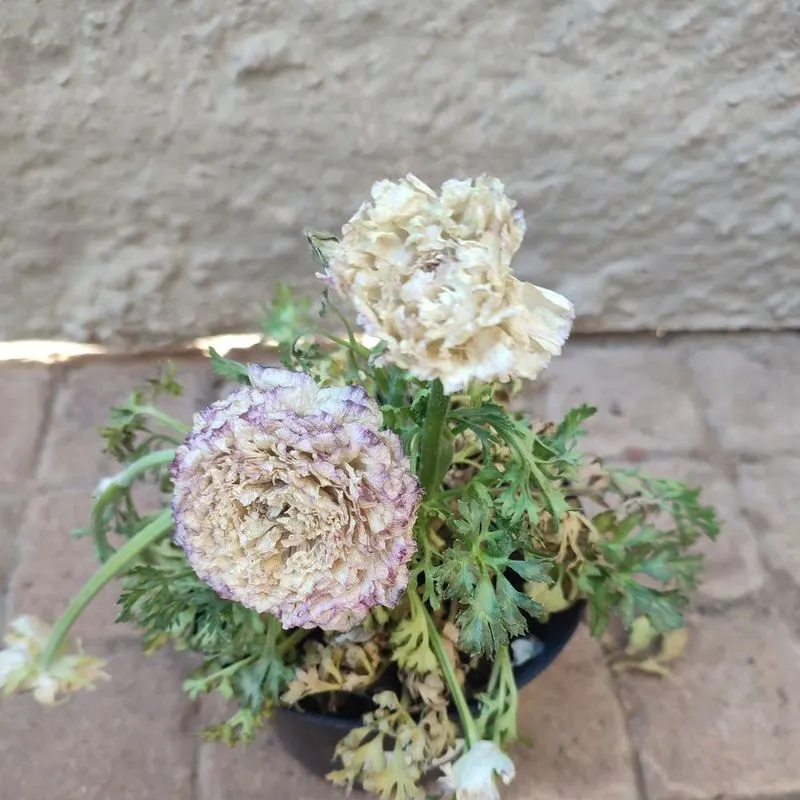
Keeping pests at bay is essential for healthy ranunculus plants. Natural methods are preferred to protect beneficial insects. Introduce ladybugs or lacewings to control aphids. Companion planting with marigolds can deter unwanted pests. Inspect your plants regularly for signs of infestation. Use insecticidal soap if necessary, focusing on affected areas. Encouraging a balanced ecosystem in your garden minimizes pest issues. This approach sustains your plant’s health without harsh chemicals. Regular monitoring and natural methods maintain the beauty of your ranunculus.
Provide Support for Stems
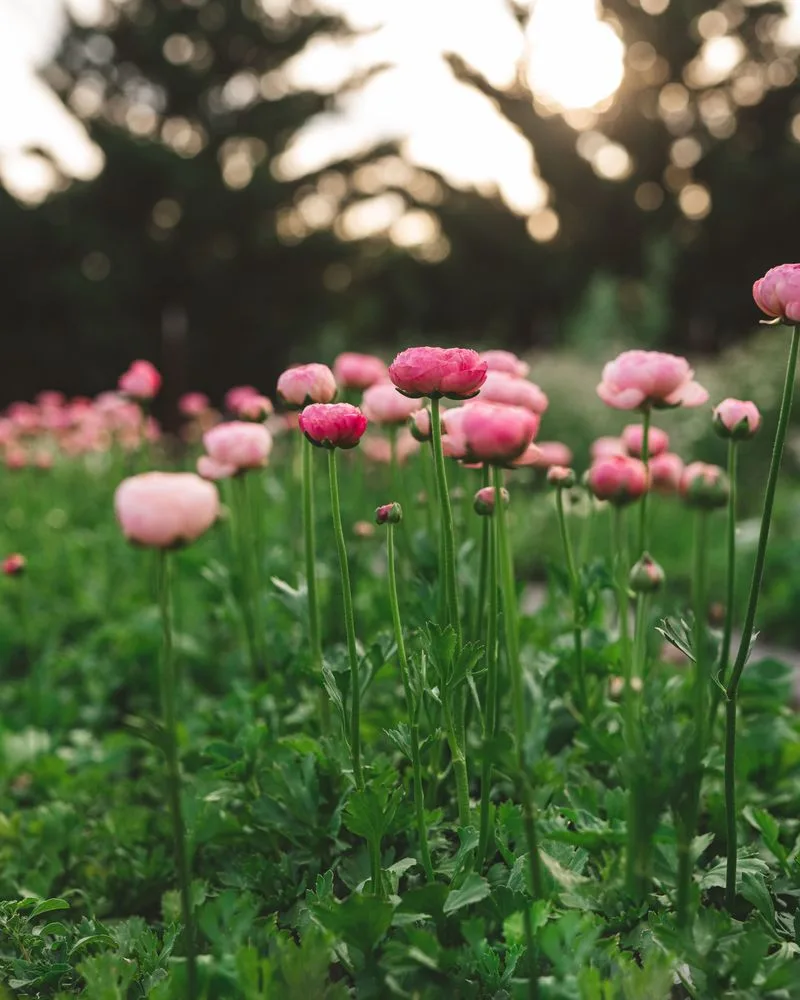
Supporting tall ranunculus stems prevents damage from wind or heavy blooms. Use stakes or a wire grid early in the growth phase. This support helps maintain upright growth and facilitates even light exposure. As plants mature, their weight can cause stems to bend or break. Regularly check support structures and adjust as necessary. Proper support ensures a neat appearance and healthier plants. It also aids in space management in your garden. Attending to these details contributes to the overall appeal and bloom success of your ranunculus.
Deadhead for Continued Blooms
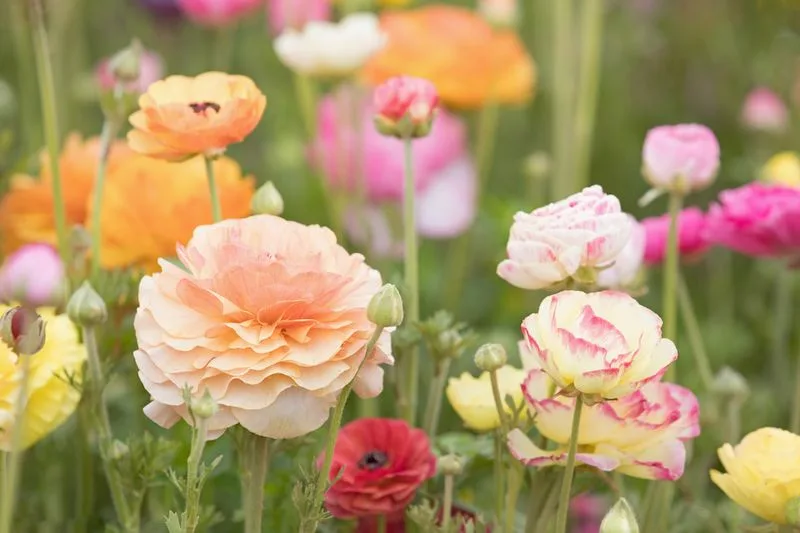
Removing spent blooms encourages more flowering. Deadheading redirects energy from seed production to new growth. This simple task prolongs the blooming season. Use clean scissors to snip off faded flowers at the base. Regularly check your plants for spent blooms and remove them promptly. This practice keeps the plant tidy and vigorous. It also promotes more vibrant and plentiful flowers. Consistent deadheading results in a longer-lasting floral display. It’s a rewarding routine that enhances the beauty and productivity of your ranunculus.
Protect from Extreme Weather
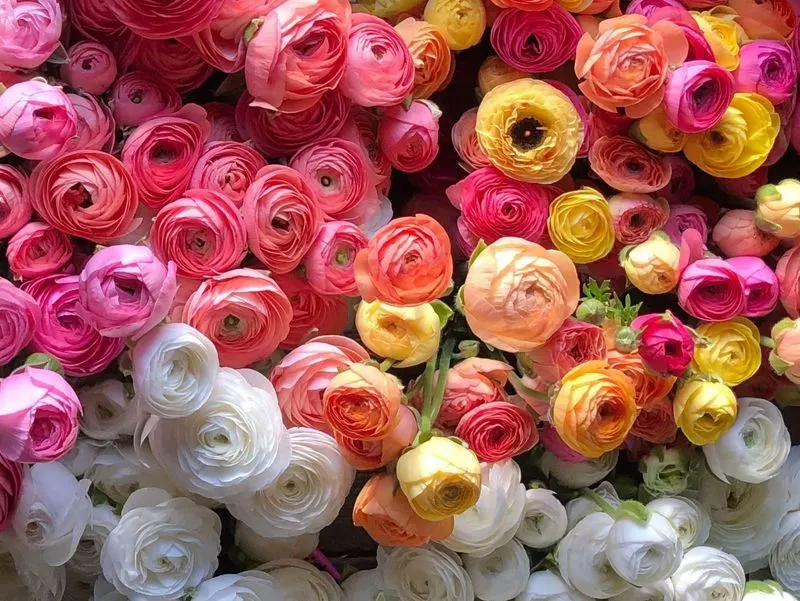
Extreme weather can stress ranunculus plants. Protect them with garden fabric during unexpected frost or intense heat. This cover helps moderate temperatures and prevent damage. In colder climates, consider lifting bulbs for winter storage. Monitor weather forecasts to prepare accordingly. Quick action can save your plants from adverse conditions. It’s important to remain vigilant, adjusting protection as needed. This precaution safeguards your ranunculus, ensuring they thrive in varying climates. A proactive approach minimizes weather-related setbacks and supports robust growth.
Rotate Planting Locations
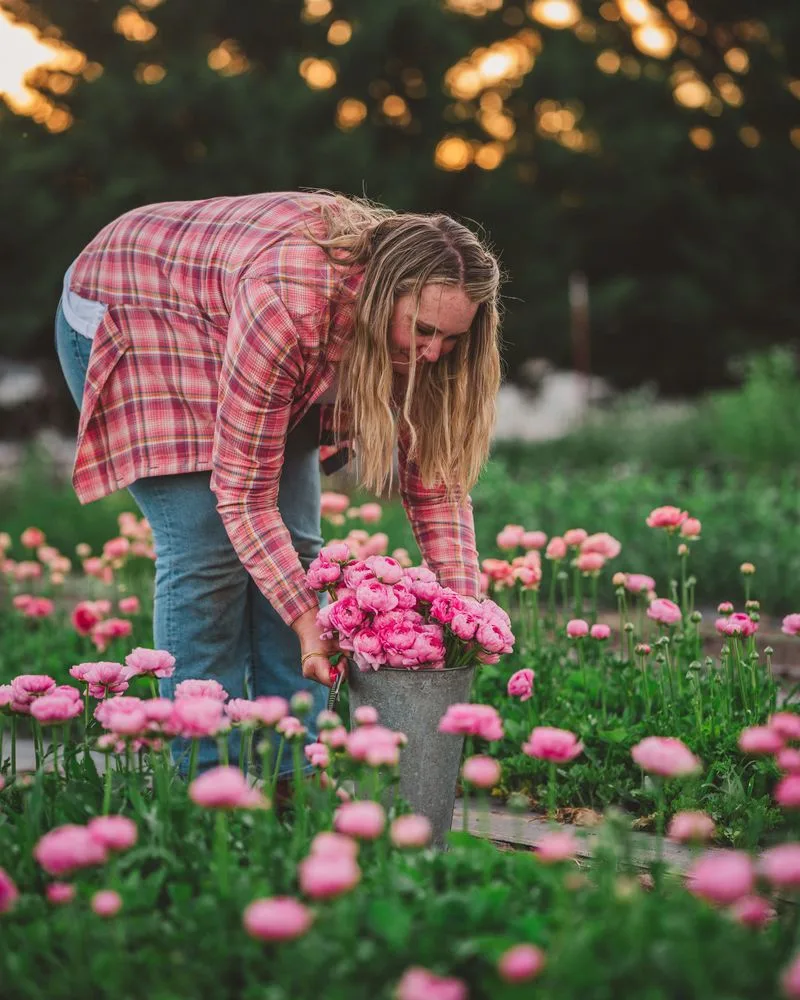
Rotating ranunculus planting sites prevents soil-borne diseases. This practice disrupts pest cycles and reduces disease build-up. Change planting locations every year if possible. Mark sections in your garden for effective rotation. This strategy improves soil health and plant vitality. Use cover crops to replenish nutrients between cycles. A well-planned rotation schedule promotes sustainable gardening. It also contributes to long-term success with ranunculus. Thoughtful rotation is a cornerstone of maintaining a thriving garden. Implementing this technique supports healthier blooms and reduces maintenance.
Prune Foliage After Blooming
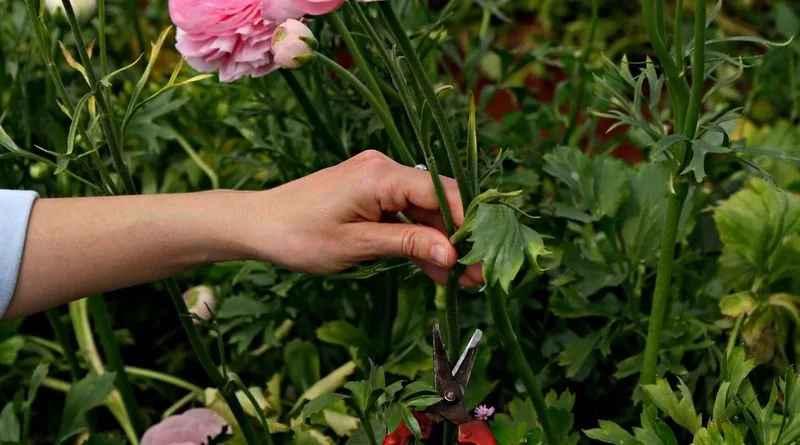
Pruning foliage post-bloom is essential for plant health. Cut back dead leaves and stems to prevent disease and encourage new growth. Clean, sharp tools minimize plant stress. This practice prepares your ranunculus for the next growing season. It also enhances the garden’s overall appearance. Regular maintenance after blooming promotes recovery and resilience. Observing plant response aids in timely pruning. Such diligence fosters a flourishing garden environment. An attentive approach to pruning boosts your ranunculus’s vitality. It’s a simple yet effective way to maintain plant health year-round.
Store Bulbs Properly Over Winter
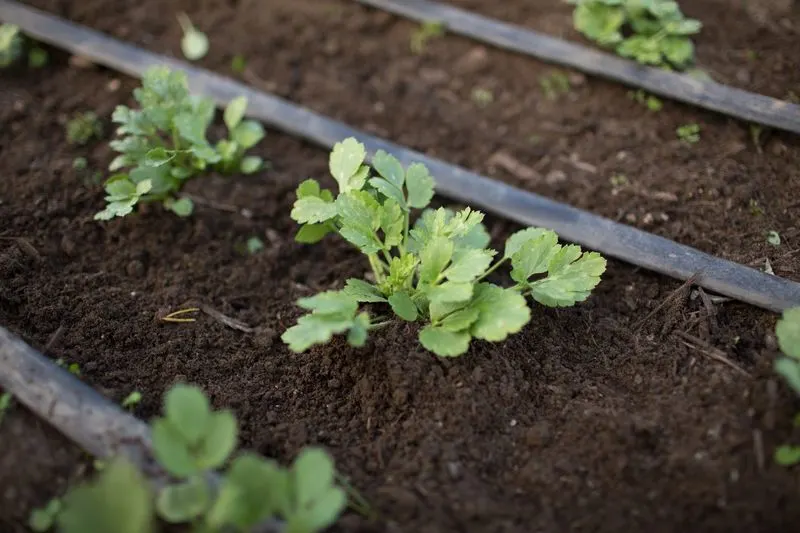
Proper bulb storage ensures successful planting next season. In colder regions, lift bulbs before the first hard frost. Clean them gently and allow to dry. Store in a cool, dark place in a breathable bag. Label them for easy identification. Check periodically for signs of rot or mold. Proper storage prevents bulb deterioration. This practice preserves your investment for future planting. A little effort now results in thriving ranunculus the following year. Organize and care for bulbs diligently to enjoy continuous blooms. Strategic storage is key to ongoing gardening success.
Choose the Right Varieties
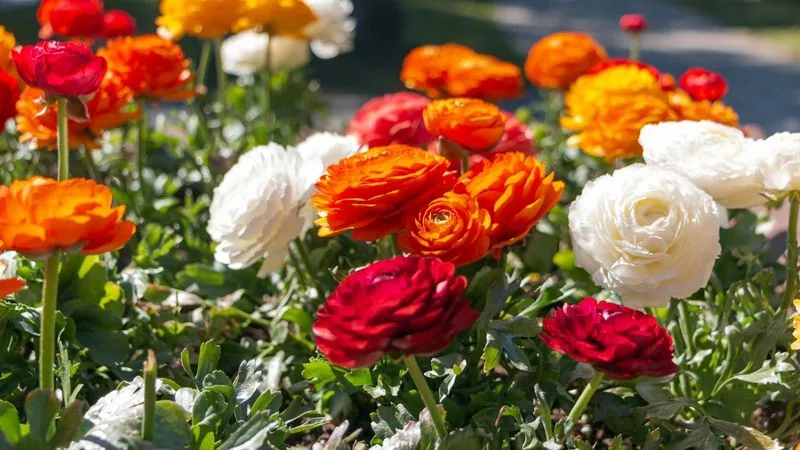
Selecting suitable ranunculus varieties enhances your garden’s beauty. Consider colors and bloom sizes that complement your space. Research to find varieties best suited to your climate. Some might be more resilient to local pests or diseases. Mix different types for a varied and stunning display. This diversity adds depth and interest to your garden. Choosing wisely adapts your garden to changing conditions. It’s an opportunity to experiment with colors and forms. Such thoughtful selection results in a personalized and thriving floral experience. Your garden will reflect your unique taste and care.

